Research lines of GISC-UCM members
Our current research interests are directed towards the understanding of the physics of complex systems, where many degrees of freedoms give rise to new, unusual and unexpected phenomena.
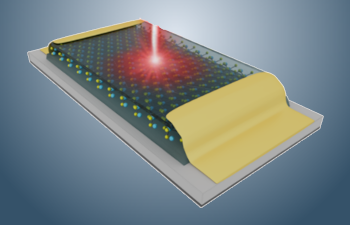 |
Semiconductor nanostructures Over the last two decades, artificial structures have become the cutting edge of semiconductor physics. They consist of semiconductor layers with interface geometry, doping level and chemical composition defined with atomic-scale precision. The characteristic features of the heterostructures are interfaces between different materials which restrict the motion of the electrons. |
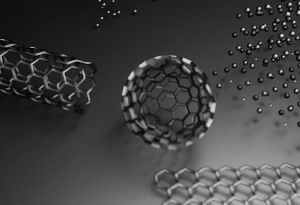 |
Carbon nanomaterials Carbon nanomaterials, such as graphene, carbon nanotubes, crystalline diamond, and diamond-like carbon, all display exceptional physical properties, such as large surface-to-volume ratio, high conductivity, and electron mobility at room temperature. Theses properties have led to numerous applications in nanoelectronics. |
 |
Molecular systems Optical properties of molecular aggregates have been an active research area for over 50 years. The special interest in the optical response of these systems arises from collective effects that are caused by the interaction between the molecules within the aggregate. The study of such effects has recently attracted considerable interest in a much broader class of systems known as nanostructures, which include not only molecular aggregates but also polymers and semiconductor nanostructures. |
 |
Thermodynamics of information What is information from a physical point of view? More than a century ago, the Maxwell demon revealed a deep relationship between entropy and information. We apply fluctuation theorems and other recent approaches in statistical mechanics to clarify this fundamental issue. |
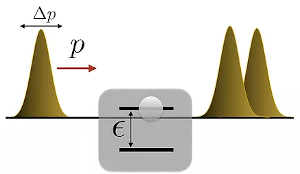 |
Quantum thermodynamics What is the nature of heat and work in quantum systems? How is the thermodynamics resulting from the interaction between a quantum system interacts and its environment? We address these questions by studying thermodynamic processes in quantum systems, like transport and energy transduction. |
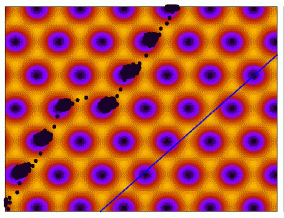 |
Friction at the nanoscale Nanotribology is science that studies adhesion, friction, wear, and lubrication phenomena at small scales. The understanding of friction at nanoscale is a current important problem from both a fundamental and a technological perspective in wide ranges of length and time scales. Thanks to the development of new experimental techniques, experimental and theoretical studies of friction at the atomic scale are now receiving renewed attention. |
 |
Topological matter Topological matter encompasses a variety of systems in which topology and symmetry determine their behavior, and are characterized by robust features, for instance topologically-protected edge modes. We explore the physical properties of topological insulators, Dirac and Weyl semimetals and other topological phases of materials such as topological crystalline insulators, as well as their exotic symmetry and topology-related features. |
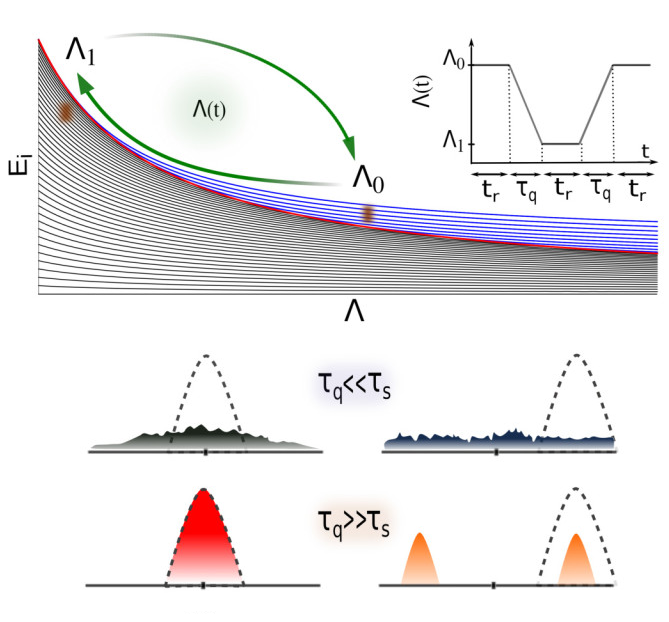 |
Quantum statistical mechanics and chaos By theoretically studying small quantum systems, going from the Schrödinger equation to macroscopic phenomena, we try to answer some fundamental questions about the foundations of quantum statistical mechanics: How much information about the initial state is conserved in the route to equilibrium? What role does quantum chaos play in this regard? What is the influence of critical phenomena, like the presence of excited-state quantum phase transitions, leading to symmetry-breaking steady states? Are chaos and critical phenomena important in open quantum systems? |
 |
Scientific Representation: Modality and Inference Research on scientific representation focuses on the so-called inferential conception (Suárez, "An Inferential Conception of Scientific Representation", Philosophy of Science, 2004 and related publications), and has as a main target to defend the applicability of such conception to scientific models. At present we are focused on investigating the role of modality within scientific representations. We also look back at the history of what we call the modeling attitude in the works of Helmholtz, Hertz and Boltzmann, Kelvin, and particularly James Clerk Maxwell. |
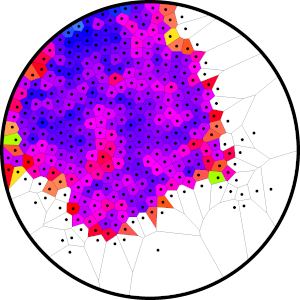 |
Granular matter Granular media are non-equilibrium systems where fluctuations play a fundamental role. One of the research lines of our group is the study of transport phenomena in particle mixtures and segregation. Our group has proposed a simplified model for the study of their dynamics that will allow us to calculate transport coefficients that account for segregation. |
 |
Research evaluation There is growing demand for research evaluation of Universities, institutions or countries. The traditional metrics used by research institutions are usually the number of publications, the impact factors of the journals or the popular but misleading h-factor. However, such traditional evaluations are not really effective when identifying research leading countries. It is the goal of our research to identify reliable indicators for research success. |